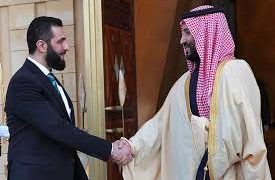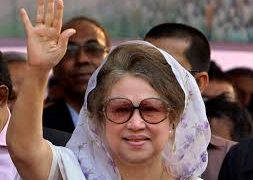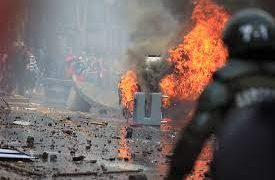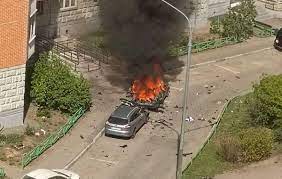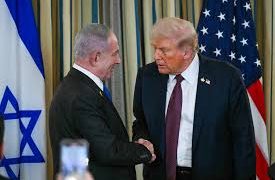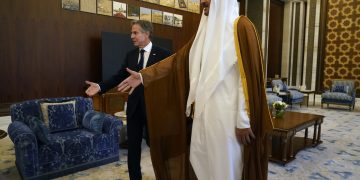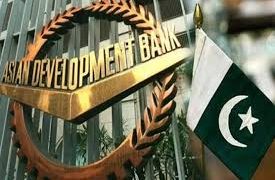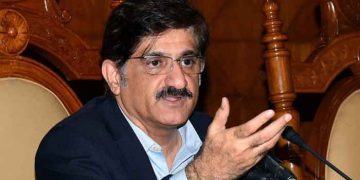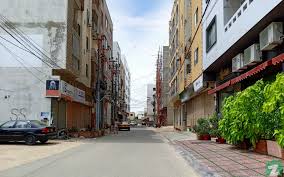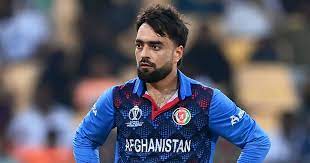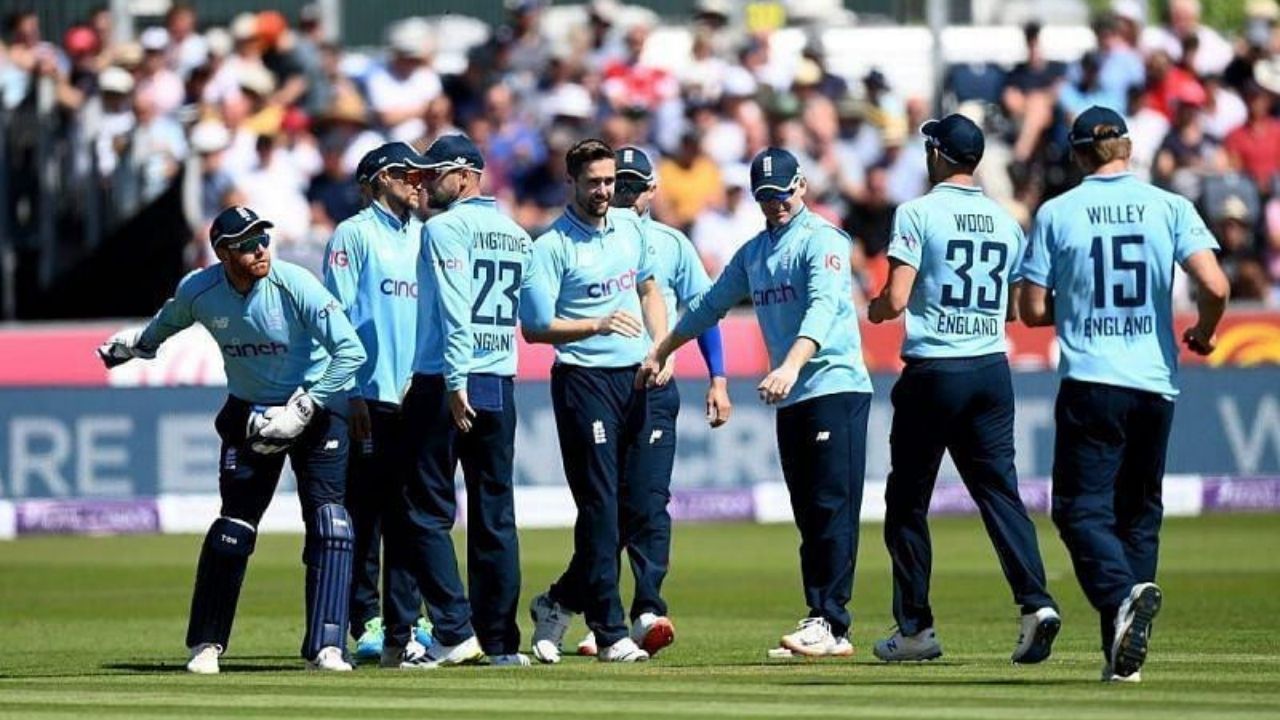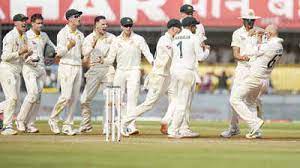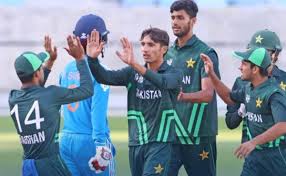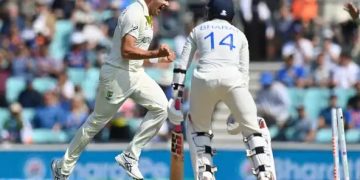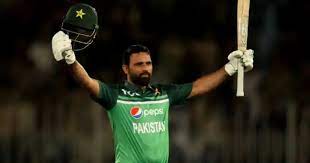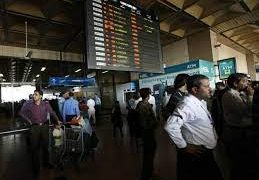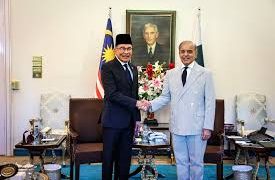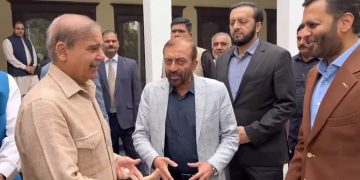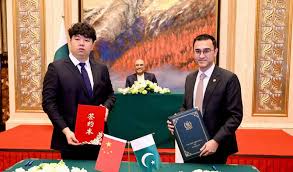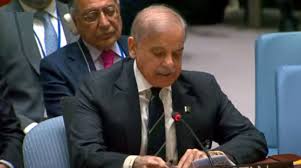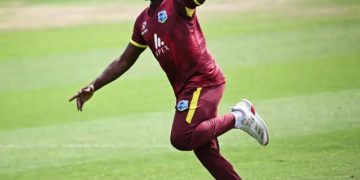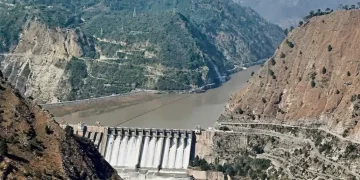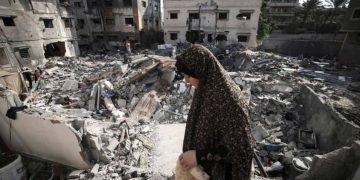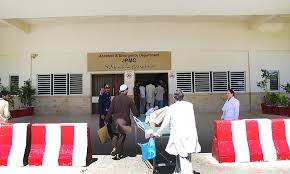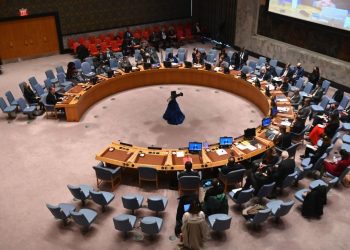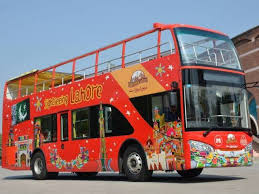Pakistan remembers Captain Muhammad Sarwar Shaheed on his 73rd martyrdom anniversary on Tuesday July 27th (today).
In a statement, Inter Services Public Relations (ISPR) has paid tribute to Captain Muhammad Sarwar Shaheed for his matchless chivalry, unwavering resolve, fortitude and for his ‘supreme sacrifice’ for the motherland.
Military Career
Born Raja Muhammad Sarwar Bhatti but commonly known as Muhammad Sarwar was the son of Raja Muhammad Hayat Khan, had served in the British Indian Army and was decorated with the British war medal for his services in the World War I.
Raja Muhammad Sarwar Bhatti enlisted in the British Indian Army in 1929 as a Sepoy (Pvt), where he was posted with the 2nd Battalion of the 10th Baloch Regiment (2/10th Baloch Regiment) of the Baloch Regiment [present 7th Battalion The Baloch Regiment (Steadfast Battalion)].
From 1929 until 1939, he worked hard towards reaching the one of the highest enlisted ranks and was eventually promoted as the Naib Subedar (the Warrant officer-first class (WO-1) as present in the Pakistan Army) and posted in supply and ammunition with the Service Corps in 1939.
In 1946–47, Lt Sarwar was promoted as army captain and decided to attend the signal course before Capt Sarwar was recommissioned in the Pakistan Army Corps of Signals in 1947, and directed towards attending the Military College of Signals. After hearing the news of the first war between India and Pakistan over Indian Occupied Kashmir, Capt Sarwar immediately wanted volunteered but refrained due to his officers wanted him to complete his schooling on the military signals, which he completed after a year.
In 1948, Capt Sarwar took over the command of the 2nd Battalion of the Punjab Regiment of the Pakistan Army as its commanding officer, organized with the purpose of retaking Kashmir.
Martyrdom
A march towards the Uri region of the Indian held Kashmir was commenced under Capt Sarwar, and led an attack on the organized Indian Army’s troops, forcing them to retreat from the Gilgit-Baltistan to Ladakh in Indian Kashmir on 26 July 1948. Capt Sarwar’s company followed the retreated Indian Army’s troops to the Uri region where his unit faced off the strongly fortified enemy position located in the Uri sector.
His company was only 50 yards away from the fortified enemy position as the Indian Army’s soldiers begin their mortar shelling at his positions, and received instructions on leading the attack on the left side of the bunker where the shelling was taking place. Moving towards the new position, his passage was blocked due to the barbed wires and decided to move to cut the wires with only taking six men alongside.
Captain Muhammad Sarwar launched an attack against a strongly fortified enemy position in the Uri Sector and secured the area. On 27 July 1948, he moved forward with six of his men to secure passage through wire obstacle.
During the firefight, Capt Sarwar used the bolt cutter to cut their barbed wires and due to the downpour of shelling, taking a bullet with a machine gun fire.
He embraced martyrdom on July 27th 1948, after being hit by a burst of fire at his chest.
Legacy
The body of Capt Sarwar is buried at the Hill of Tilpatra which is near the Uri in Indian Kashmir where he was buried on 27 July 1948. It was on 23rd March 1956 when the Government of Pakistan recognized his services as the Parliament of Pakistan authorized to posthumously award the Nishan-E-Haider – Pakistan’s highest military award.
In 1968, a paintings exhibition was inaugurated in Lahore, Pakistan depicting Pakistani war heroes including the first sketched portrait of Capt Muhammad Sarwar.
In 1991, he was subjected a biographical war telefilm, “Captain Muhammad Sarwar Shaheed” produced and directed by the Qasim Jilali of the PTV. In addition, the federal government established the community college, the Sarwar Shaheed College, in his honor near his birthplace in the Gujar Khan.

